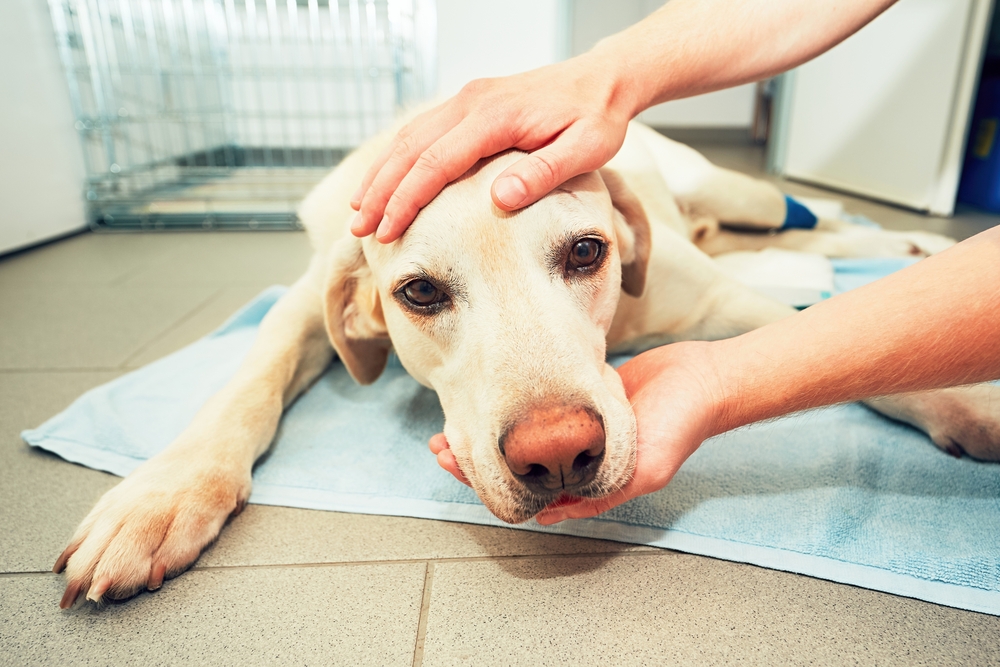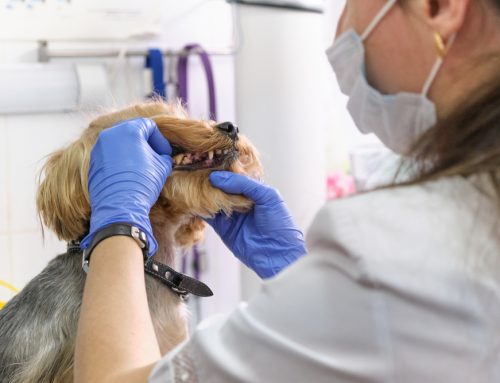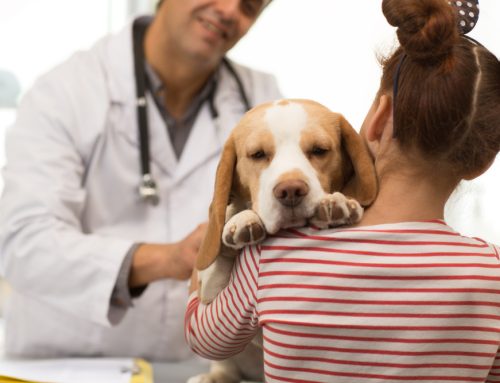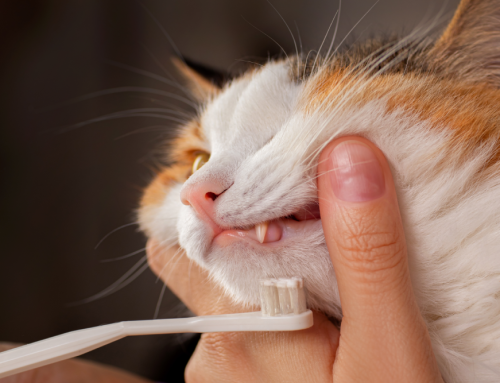Cancer is common in people and pets. As most pet owners, you likely consider your pet as part of the family, and your furry friend’s cancer diagnosis can be devastating. Through early cancer detection, prompt treatment, and veterinary advancements, pets have an increased chance of successful treatment and remission. While not all cancers can be detected early, identifying your pet’s cancer signs as soon as possible can help you identify the disease in its earliest stage—when the condition is most treatable. Monitor your pet and learn to recognize this disease’s red flags, by reading our Westerville Veterinary Clinic team’s description of common cancer signs.
#1: Your pet has new lumps and bumps beneath their skin
Discovering a lump or bump beneath your pet’s skin can set your mind racing, but do not automatically assume each new growth is cancerous. While you should promptly schedule a veterinary appointment if you detect a strange lump, which can be fairly common—especially for senior pets—growths are often harmless. Infections and underlying noncancerous conditions can cause your pet to develop lumps and bumps. Common noncancerous lumps and bumps include:
- Lipomas — Benign fatty tumors can appear as soft, round fleshy lumps beneath the skin.
- Sebaceous cysts — Blocked oil glands can cause small pimple-like bumps that may burst and release a pasty, white discharge.
- Warts — The papillomavirus can cause small, cauliflower-like bumps that usually disappear on their own.
- Skin tags — Small flaps or raised skin stalks are often harmless, but your veterinarian may recommend a biopsy if the skin tag changes shape, color, or size.
- Abscesses — An infection can cause swollen tissue that may burst if left untreated.
While some lumps and bumps are harmless, if your veterinarian recommends a biopsy, you should have them perform this procedure to ensure a growth is not cancerous. Contact your veterinarian immediately if your pet has a lump that is hard or firm to the touch, irregularly shaped, or oozes fluid. In addition, contact your veterinarian if any of your pet’s existing lumps or bumps change in size, texture, or color.
#2: Your pet experiences a rapid weight change
Pets’ unexplained weight loss is a common cancer sign and may indicate a gastrointestinal tumor. In addition, sudden weight gain or bloating can also be a cancer sign. If your pet’s usual eating habits are unchanged, but they lose or gain weight quickly, your veterinarian should examine your furry friend to determine the underlying cause.

#3: Your pet has an abnormal odor from their mouth or ears
A pet with bad breath may need a dental exam. However, abnormal odors emitting from your pet’s mouth and ears can also be early cancer signs.
#4: Your pet has a wound that does not heal
Typically, a small wound or lesion heals over time—through scabbing, and skin and hair regrowth. However, a red, irritated lesion may be a malignant mast cell tumor. Any non-healing wound or sore can be a cancer sign, and your veterinarian should examine your pet to rule out cancer or another serious health issue.
#5: You pet is limping or has pain signs
An injury or arthritis can cause your pet to limp, but osteosarcomas can also cause your furry friend to demonstrate various degrees of lameness and pain. Osteosarcomas are highly aggressive bone tumors that cause local bone damage and are prone to metastasis. Bone cancers tend to occur in large- and giant-breed dogs, and are less common in cats. If your pet has not been injured but is limping, or if they do not appear to be recovering from an injury, talk with your veterinarian about the possibility of your furry friend having osteosarcoma or arthritis. Your veterinarian will recommend treatment to relieve your pet’s pain, and will perform diagnostics to eliminate these and other underlying health conditions.
#6: Your pet is coughing or has respiratory issues
A growing lung tumor can cause your pet to experience a dry, persistent cough and difficulty breathing. If your pet exhibits these or other respiratory issues—such as heavy panting while at rest, shallow breathing, or gasping for breath—your veterinarian should examine them.
You know your pet best, and by monitoring for behavioral changes and cancer signs, such as those described here, you can ensure they are diagnosed and treated when the disease is in its early stage, which can save your furry friend’s life. If you believe your pet may have cancer, do not wait for the condition to resolve by itself. Immediately schedule an appointment with our Westerville Veterinary Clinic team, and ease your mind.







Leave A Comment